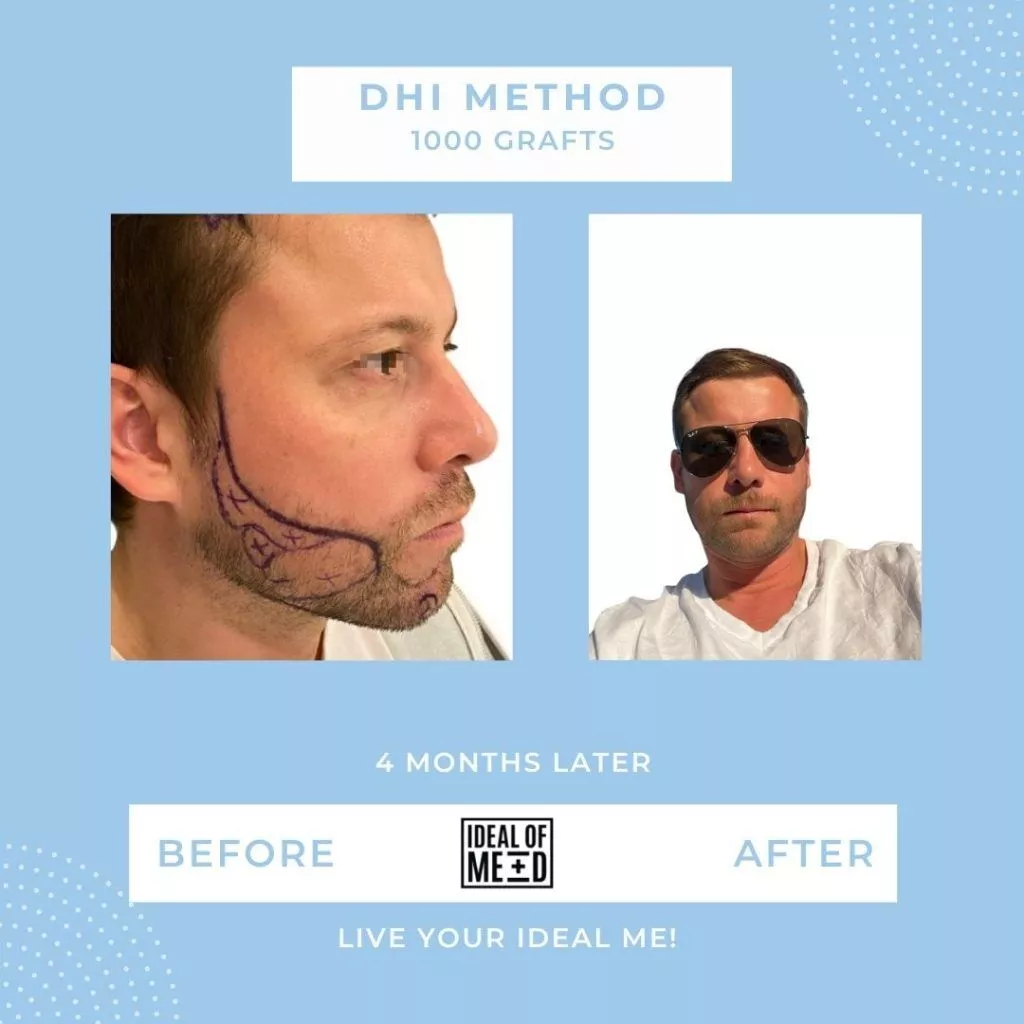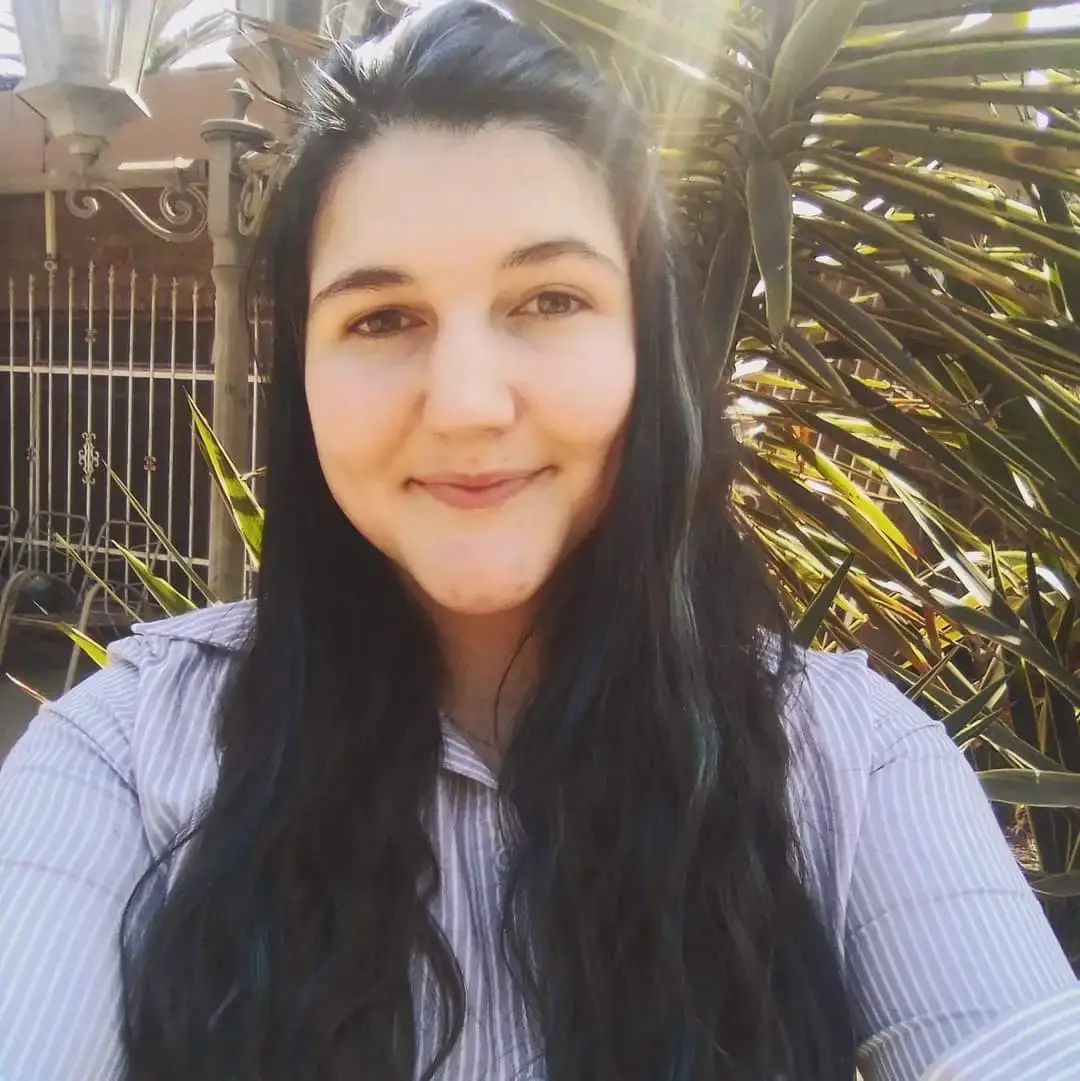Beard Transplant
- Methods
- Process
- Recovery Time
- Pros and Cons
- Aftercare
If you’re looking for a fuller and thicker beard, then this procedure might be for you. All you should know about beard transplants will be discussed below, along with how the procedure is performed, what is needed, and what to expect from the procedure. It is possible to have the beard you have always imagined.
Table of Contents
What is Exactly is a Beard Transplant?
A beard transplant is a hair transplant that is usually favoured by men in order to get them that full and dense beard that they desire. This procedure does amaze most by thickening the hair around the jawline and increasing the general density of all facial hair.
In order to achieve this, hair follicles that are strong and healthy, are taken from the back of the head, and then they are moved or replanted into the patchy areas around the jawline. This beard transplant results in a healthy, full, and dense beard growing, and all the patchiness that once was, becomes history.

Trouble? Scan this QR code with your phone to open WhatsApp. Your privacy is important to us.
Beard Transplant Before and After Pictures


Advantages of a Beard Transplant
There are endless advantages to undergoing this procedure. The beard transplant will have you looking fantastic within a few months after the procedure.
So what can you expect?
It’s important to know what to expect when getting a beard transplant, and the best way to know that is to read customer testimonials. Many beard transplant patients have reported that they feel younger and have more self-confidence after getting the procedure done. Apart from these, there are a quite few advantages to look forward to such as:
- Protection from UV rays
- A beard acts as a natural moisteriser for your skin
- Patients tend to react less to hayfever and allergies to pollen or dust
- Results are permanent
- It is a safe, non-invasive procedure
- Enhances natural regrowth of the beard
Types of Beard Transplantation
There are three types of beard transplantation methods that are available to you depending on your need and your desire. Each method is different and unique in the way in which it is done and what the final result will entail. The hair specialist and surgeons will advise you on which procedure is the best for you and what you wish to achieve.
- FUE | Follicular Unit Extraction
- DHI | Direct Hair Implantation
- FUE x DHI Combination method offered by IdealofMeD
FUE | Follicular Unit Extraction
This method of beard transplantation will be best suited to those individuals who have patchy beards. With this method of beard transplantation, each follicle is removed one by one from the donor area and then moved to the area where it is desired. There are two methods available for the follicular unit extraction procedure. There is the standard method that uses steel blades and then there is the sapphire blade method. This method is becoming more popular everyday due to its effectiveness. It allows for a faster recovery rate as it is less invasive and more precise than the standard method of beard transplantation.
DHI | Direct Hair Implantation
This is another method of beard transplantation and it will be best suited to those individuals that wish to have a fuller, thicker beard. With this beard transplantation method, the hair follicles are extracted individually from the donor area, same as with the FUE method, but the hair follicles are then replanted in the desired area with a Choi Implanter. This is a specialised tool that allows the hair surgeon to replant the hair follicle between other hair follicles without damaging them or the surrounding skin.
FUE x DHI Combination Method
This method of beard transplantation is usually done in two different procedures at completely separate times from one another. IdealofMeD offers this procedure to be done in one sitting. It is more efficient, much more cost savvy and you do not have to go through the recovery process twice.
This method allows both the previous methods to be performed on your beard. This allows for any patchy or damaged areas to be covered up and then filled up so that you have a denser beard and a much better overall appearance after the procedure.
Who Usually Opts For A Beard Transplant
Going for a beard transplant is usually ideal for those individuals who suffer from a number of different problems, such as:
- Thinning beard due to hair loss
- Hereditary Problems
- Scarring on the face
- Uneven beard hairlines or patchiness
The Beard Transplant Procedure
There is great care taken throughout the beard transplant procedure to ensure that the best possible result is achieved and that all of your goals are met. Ensuring that you choose a proper clinic with experienced and qualified surgeons is the first step to the procedure and the most important to ensure that your desired outcome is reached. Then:
- The surgeons will discuss and determine the areas that need improvement and the method that should be used in order to achieve it.
- The donor area is determined and discussed with you to ensure that the correct hair follicles are extracted that will do the best job in fulfilling your dreams.
- After that, the procedure will actually be discussed with you and the surgeons will continue by removing the hair follicles from the donor area. This is the harvesting phase of the beard transplant process.
- These hair follicles are then replanted in the area discussed above. The number of hair follicles needed to complete the procedure will be different for each individual depending on what they want, what they need and the result that is desired. This is known as the implantation phase of the beard transplant procedure.
Recovery and Side Effects
The recovery rate of each individual is completely unique and is determined by the procedure that they opted for, the number of hair follicles replanted and their post-operative care taken. The recovery process can take up to 4 months. After the recovery process has completed, then your beard will start growing as normal.
This beard growth timeline is determined by your genetics and your own unique hair growth cycle. The precautions that your surgeon can give you, may include the avoidance of certain activities for the first several days, including but not limited to:
- Swimming
- Long direct exposure to sunlight
- Smoking or excessive use of alcohol
- Using a sauna or hot tub
- Strenuous exercise
- Touching, rubbing, or scratching the procedure areas
By ensuring you follow the post-operative care prescribed to you by your surgeon, you will minimise your discomfort from the side effects. Help ensure that the surgery was a success and minimise your recovery time by allowing the proper healing and ensuring the correct nutrients are available for your beard to grow. Luckily, with modern technology and expert surgeons, it is possible to have very little to no scarring from the procedure. Some of the side effects that you can experience:
- Redness
- Swelling
- Numbness in the procedure areas
- Temporary scabs
Lifestyle Recommendations For A Healthy Beard
There are many factors that can influence the density, health and fullness of your beard before and after the procedure. For some of it, your genetics and hair growth cycle will play a major role, but your lifestyle can also have a great influence over your beard. To ensure you have the optimal beard and have improved facial hair growth:
- Exercise Regularly: With improved circulation from exercise, nutrients are delivered to your hair follicles with efficiency which can improve your beard health.
- Eat Healthy Foods: Ensuring you eat a well-balanced diet full of all the nutrients you need for optimal hair growth will also improve your beard health. Eat foods with zinc, vitamin C, vitamin B and iron to see results in your beard health.
- Sleep: Without proper sleep, your body is unable to dedicate the proper amount of energy to your hair follicle health.
Summing Up On Beard Transplant
Beard transplant surgery is a great way to have that full, thick and dense beard. The results of this procedure are life-changing and long-lasting making it worth the bit of discomfort that some experience, but knowing the benefits, side effects and procedure makes it easier to decide if it is for you. Ensure you discuss your options and treatment plans with a professional to ensure the best results are achieved.
Frequently Asked Questions
Modern beard transplants, with all the technological advancements present, beard transplants are very safe and patients usually achieve fantastic results.
As soon as the recovery is completed and the beard starts to grow indicating that the beard transplant procedure was a success, the beard should be permanent.
It is usually advised by your surgeons that you do not shave for at least 10 days after your beard transplant surgery. This time frame may vary between individuals.
The failure of a beard transplant is very rare. Ensuring you choose a proper clinic and an experienced qualified doctor for the procedure will greatly minimise your chances of the procedure failing.
With a beard transplant, a local anaesthesia is given and post-operative medications are also provided, allowing for minimal pain and discomfort to none at all. It is typically a pleasant experience for most.

Last updated by Macaela on November 7, 2022. Content medically reviewed by D. Demirel, MD.
